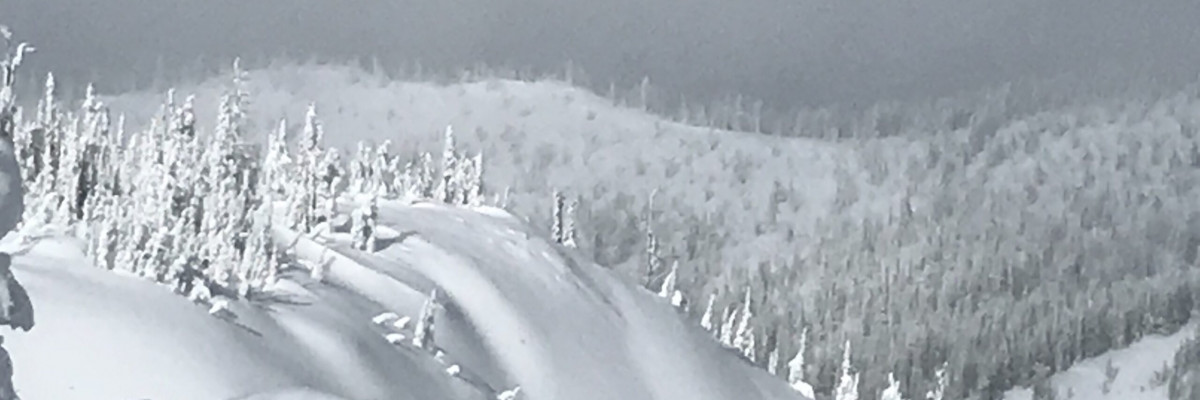The avalanche danger for the West Central Montana backcountry is considerable on wind-loaded terrain. moderate avalanche danger exists on all other terrain. Large avalanches are possible in specific terrain. Carefully identify areas of increased avalanche risk and utilize cautious route-finding techniques to travel in the backcountry today.
Good morning, this is Logan King with the West Central Montana Avalanche Center’s avalanche advisory for Saturday, February 10th, 2018. This danger rating does not apply to operating ski areas, expires at midnight tonight and is the sole responsibility of the U.S. Forest Service.
Weather and Snowpack
Winter has finally returned to West Central Montana. Temperatures across the advisory area this morning range from 3-19 degrees. Winds are light from the NW at 12 mph gusting to 14 mph. Light snow continued through the day yesterday and last night adding another couple of inches. The snow is much lighter and colder than we have seen for the last month and only .2 inches of water were added to the snowpack since yesterday morning.
Travis and I rode up at Wisherd ridge yesterday. We found about 6-8 inches of low density snow. At lower elevations the new snow was sitting on saturated snow and runnels were observed to 6,400 feet. Above that the snow was much colder and had preserved graupel throughout the upper layers of the snowpack. Overall we found the snow that is continuing to trend towards stability with wind slabs as the glaring concern.
The greatest concern continues to be wind slabs. Strong winds did a number above about 6,000 feet. Large wind slabs have formed on lee terrain and will be susceptible to triggers from skiers and riders. Look for rounded pillows of snow, cornices, and shooting cracks that will key you into locations where wind loading has occurred. Avoid traveling on or under wind loaded terrain as these wind slabs are primed and waiting for a trigger.
Non-wind loaded terrain continues to gain strength. Loose snow avalanches are the secondary concern today. The new light snow lacks cohesion to form a slab but will easily sluff in steeper terrain. The biggest concern for these sluff avalanches are terrain traps that increase the consequences of being swept off your feet or sled. Carefully evaluate the consequences of even a small slide before committing to steep terrain.
Finally, the buried surface hoar and associated crusts are now found deep in the snowpack. This means that deep persistent slabs are the third concern today. The buried surface hoar is now deep enough in the snowpack that it has become very hard to trigger, but it is a still a possibility, albeit an unlikely one. Be cautious around shallow or rocky areas as they will be the prime location to trigger slides on these deep layers.
Avalanche and Weather Outlook
A weak high pressure system looks to set up for the next 36 hours or so. Cold and settled conditions will persist through the day today before the next system moves in late Sunday into early Monday. Avalanche danger will continue to trend towards stability.
The next advisory will be issued on Tuesday, February 13th. Ski and ride safe.














